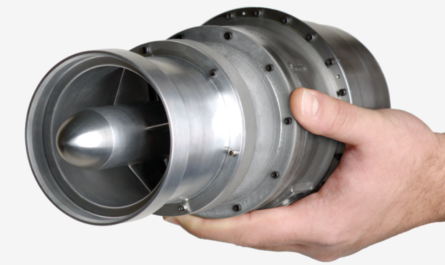
Steel round bars are one of the most commonly used types of long steel products. These cylindrical shaped bars made of steel have a wide array of applications in various industries. In this article, we will discuss in detail about steel round bars, their manufacturing process, properties, common uses and applications.
What are Steel Round Bars?
Steel round bars, also known simply as round bars, are long products of steel processed into a solid circular cross-section. They are manufactured in various grades and sizes depending on the intended application. The circular cross-section makes them easy to machine and form into different shapes. Some key specifications of round bars include their diameter, which can range from small fractions of an inch up to several inches. Other specifications are the steel grade, surface finish, straightness and length.
Manufacturing Process
Steel round bars are produced through a hot rolling process. In this process, steel raw material like pig iron or steel scrap is first melted in a furnace. The liquid metal is then continuously cast into long blooms or billets of circular cross-section. These semi-finished steel products are then reheated and fed into hot rolling mills. The blooms or billets are rolled and shaped between work rolls to obtain the desired diameter. The hot rolled bars are then heat treated and pickled to achieve the required mechanical properties and surface quality. Finally, the bars are cut to customer required lengths.
Steel Grades and Mechanical Properties
Steel round bars are manufactured in various steel grades depending on the chemical composition and alloying elements added during production. Some common steel grades used are carbon steel, alloy steel, stainless steel and tool steel grades. The exact mechanical properties like tensile strength, yield strength and ductility vary based on the steel grade. Properties can also be tailored to an application by heat treatment of the bars. Carbon steel grades are most commonly used due to their good strength-to-cost ratio. Stainless steel grades offer corrosion resistance while tool steel grades provide high hardness.
Common Applications of Steel Round Bars
Machine Components
As machined components, steel round bars find wide application in the manufacturing of machinery. They are used to produce critical machine parts that require strength, such as shafts, pins, bolts, studs and screws. The circular shape of bars allows easy machining and forming into these components. Depending on the machine application, suitable steel grades like carbon, alloy or tool steels are used for the bars.
Automotive Components
In the automotive industry, steel round bars are integral raw materials used to produce chassis and suspension parts, steering joints, brake components and many other automotive structural and mechanical parts. Thebars are subjected to various blanking, bending, spinning, machining and welding processes to manufacture these parts. Carbon and alloy steel grades suitable for the rigorous operating conditions in vehicles are commonly used.
Construction Applications
Construction makes extensive use of steel round bars for the reinforcement of concrete structures and manufacturing rebar, nails, wires and tension rods. The great strength and formability of carbon steel round bars make them very well suited for the reinforcements. Stainless steel bars also find increasing applications in architecture and infrastructure for their maintenance-free performance and corrosion resistance.
Engineering Applications
In applications involving high strength and loads like industrial machines, cranes, pressure vessels, transmissions etc., alloy and high strength steel round bars play a key role. They are fabricated through operations like joining, bending and welding into load bearing components. Tool steel grades that can be hardened are also used to produce durable components and machine elements where abrasion and wear resistance is required.
Advantages of Steel Round Bars
Versatility
The circular cross-section of steel round bars makes them highly versatile and suitable for a multitude of applications through simple machining and further processing operations. They can be easily converted into a variety of shapes and components. This gives them an advantage over other long steel products of particular cross-sections.
Amenability to Mass Production
Steel round bars are very well suited for production in large volumes via continuous casting and hot rolling processes. This makes them readily available and cost effective as a raw material. Many standard diameters are stocked to meet the requirements of different industries.
Strength and Durability
Due to their composition and processing, steel round bars combine high tensile strength with ductility and wear resistance depending on the grade. When reinforced with concrete or combined with other materials, they can withstand stresses and harsh conditions very well over long periods of time, reflecting in the durability of structures and components made from them.
Dimensional Accuracy
Modern rolling processes allow production of steel round bars within tight tolerances of diameter, length and straightness. This precision makes them ideal for manufacturing parts that require close dimensional accuracy and interchangeability during assembly of machinery.
In conclusion, Steel round bars have proven to be indispensable in numerous industries due to their versatile properties and cost effectiveness. Advances in casting and rolling technologies continue to expand the range of steel grades available. New production methods also aim at even tighter quality control of bars. With extensive research and development, steel round bars will keep strengthening various applications well into the future.
*Note:
1. Source: Coherent Market Insights, Public sources, Desk research
2. We have leveraged AI tools to mine information and compile it



